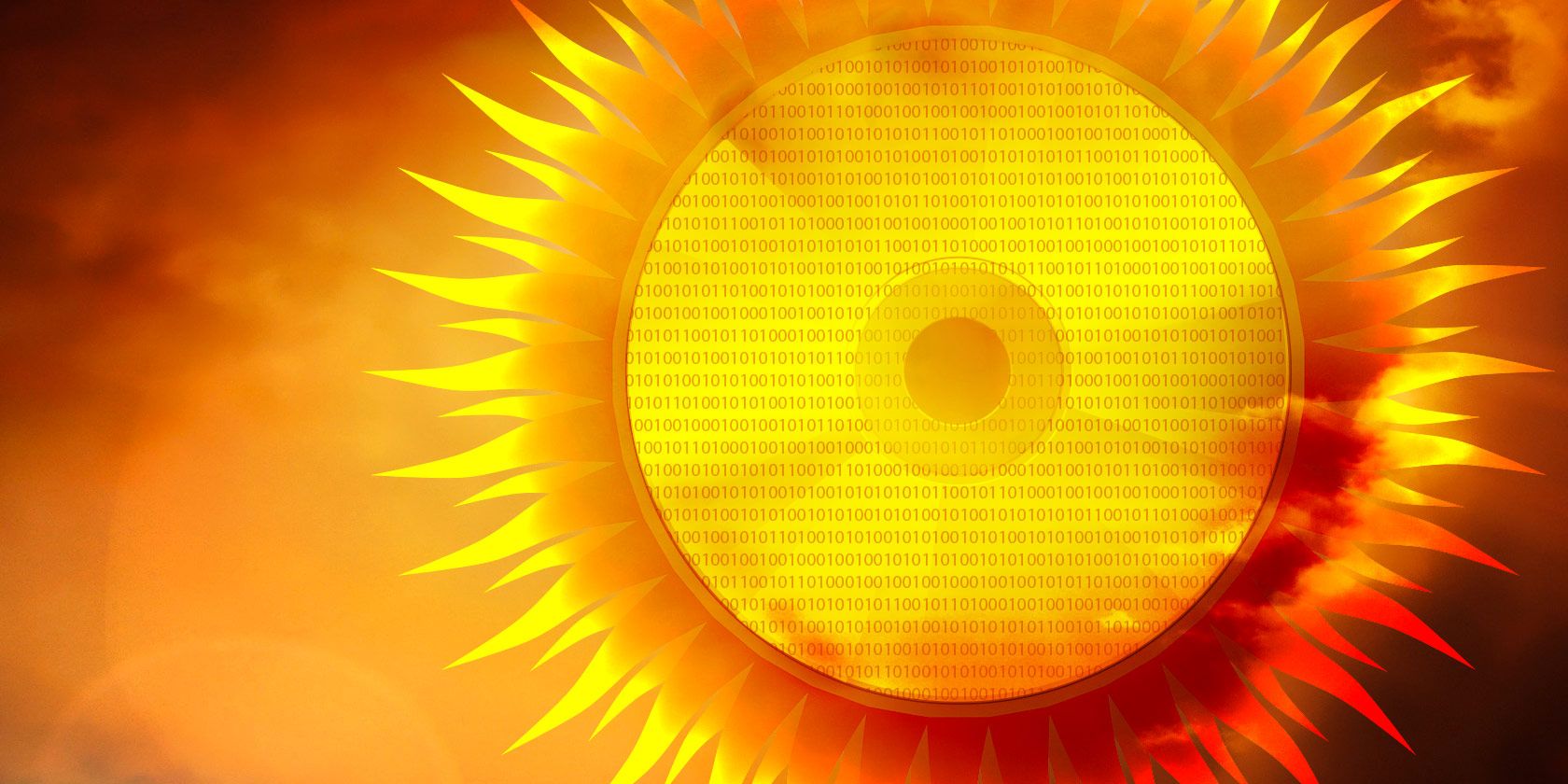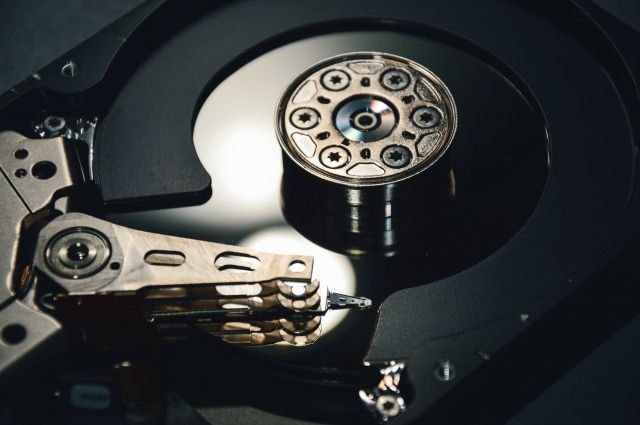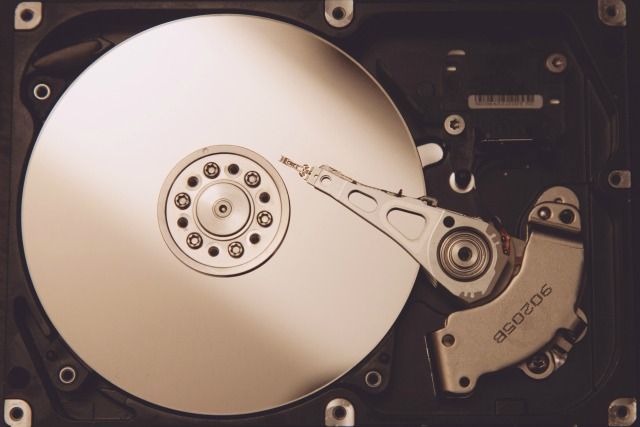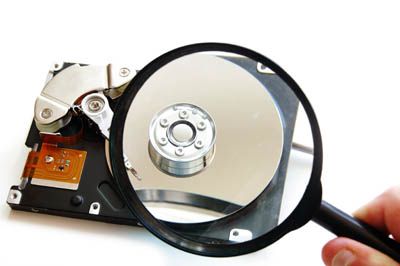A new discovery has been made: a data storage technique that allows a single device to record data in five dimensions and keep it safe and sound for billions of years -- longer than the remaining lifespan of our sun. All credit goes to the researchers at the University of Southampton's Optical Research Center.
How does it work? Using a method that etches data onto thermally stable discs with femtosecond laser bursts. If that sounds like a confusing mess of technobabble, don't worry. We'll break it down for you later in this article.
The important thing about this discovery is that this storage device can hold up to 360 TB of data per disc and can survive at room temperature for up to 14 billion years without any data loss. Not only that, but it can withstand temperatures of up to 1,000 degrees Celsius if necessary.
In other words, we now have a way to store loads of data without having to worry about reliability or permanence. The world will generate approximately 27 billion terabytes of data by 2020, and in that light, this kind of discovery could not have come at a better time.
Why 5D Data Discs Matter
Data stored on physical media won't always last forever — that much is obvious, especially if the media where that data is stored is constantly exposed to wear and tear. This goes for anything from CDs and DVDs to portable flash drives. Internal and external hard drives aren't out of the equation either, nor are solid state drives.
Simply put, it doesn't matter how reliable you think your physical media may be. Eventually, it's going to fail, and you'll lose the data stored within. But how long can you expect these things to last?
According to a 2013 study conducted by BackBlaze, 5% of all monitored data drives failed within the first 18 months. The most likely culprit? Manufacturing defects and outside causes like serious power failures. Furthermore, of the remaining drives that were stable, only 74% lasted beyond four years of active use.
If anything, those numbers show that physical media is prone to failure, and we didn't even take a look at CDs or DVDs, which can be ruined easily by a scratch or surface defect. Sadly, we know remarkably little about solid state drives and their long-term reliability because the technology hasn't been around long enough.
Comparatively, the storage medium the scientists have perfected will allow us to store personal data on 5D discs indefinitely for future generations. Just to help you imagine, family photos stored on a 5D disc, for example, could be preserved for millions of years — longer actually — and reviewed by the generations alive at that time.
It's likely they'll have some futuristic form of storage tech then, but this is a great way to preserve information about the modern age. Of course, it will be a while before this new technology is in the hands of consumers.
How 5D Disc Technology Works
The Southampton researchers originally unveiled the 5D technology back in 2013, although they hadn't quite perfected it then. When they first announced it, they were only able to store about 300 KB of test data on a disc — which is infinitely less than the 360 TB they can fit on the newer discs.
The glass 5D discs are only about one 3inch in diameter, much smaller than a CD, DVD, or Blu-Ray disc. In comparison, modern DVDs only hold about 4.7 GB of data while dual-layer DVDs can hold about 8.5 GB. Blu-Ray discs, on the other hand, can hold anywhere from 25 to 128 GB of data.
So, how is this possible? It all has to do with the way physical media are used to store data.
When data is stored on a normal CD, a laser is used to burn tiny ridges on an extremely small line. When that CD is put into a player, the reading laser passes along those infinitesimally small lines and when it hits one of the bumps, the light is reflected back.
With computers, as you may know, they read data in ones and zeroes. So when the light is reflected off a disc, it's recorded as a one, and when the light is not reflected, it's recorded as a zero. This is how physical discs can be used to store all kinds of data like music, movies, images, software and more.
With discs like CDs and DVDs, those bumps are made on the surface. This means that individual patterns on the surface can be ruined by scratches, scuffs, extreme exposure to oxygen, heat and even humidity. When that happens, the stored data becomes either corrupted or lost completely.
The way data is stored on 5D discs is similar, but that information is stored inside the disc — not on the surface — inside structures called "nanogratings". They work exactly like the ridges on the surface of a traditional disc, altering the way light is reflected by a laser.
But the exception — and this is how they store so much more data — is that these structures can be used to reflect and encode in five "dimensions" as opposed to two, hence the name of 5D data disc.
When light reflects off a 5D disc, reading lasers can measure the orientation of the nanograting to discern its relative location on the x, y, and z axes. In other words, data can be stored in multiple dimensions, allowing 5D discs to hold an incredible amount of information.
The Pros & Cons of 5D Discs
5D discs can last much longer than traditional discs because they are made out of glass. As learned in basic science, glass is not easy to melt or warp, and it's chemically stable. This is what makes 5D discs much stronger than otherwise plastic discs, especially when it comes to extreme temperatures.
Because the nanogratings are stored inside the 5D discs rather than on the surface, it also means that the data is less susceptible to outside manipulation. So, obviously, the biggest benefit is that the data stored on a 5D disc is much safer. Some other pros include:
- They're smaller in size, so storage of the actual discs is easier and takes up less space overall.
- They're pretty thick, so unless the glass used to manufacture the discs is extremely fragile, they can withstand a decent amount of wear and tear. Imagine if they were constructed using a material like Gorilla Glass.
- Things like temperature, oxygen, humidity and even dust are not a factor in storing the discs because they won't affect the data within the disc.
- In theory, because the discs are smaller in size, the technology used to read them could also be relatively small. Mind you, this is only in comparison to your average CD or DVD reader.
Adversely, some potential cons of the technology include:
- The researchers haven't said yet, but due to the nature of the technology, it's hard to imagine 5D discs would support multiple write processes.
- If the point above is indeed a factor, then that's a lot of wasted space if you don't use all that's available to you the first time you write to the disc.
- Because it's a new technology, it's likely going to be expensive, which means it could be ridiculously expensive to deploy and maintain — these are just some of the caveats of upgrading too soon.
- Would reading and writing to glass create more heat inside the computer/hardware? This may be something that researchers will need to explore before commercializing the technology.
The Future of 5D Data Discs
Currently, this technology won't have an immediate effect on anything because it won't be available to consumers or most of the industry until much later, if at all. If this technology does become commercialized, however, it would change the way we interact with most devices — particularly when it comes to data storage.
Mobile devices, for example, would be able to store much more data, provided this technology can be shrunk down enough to be used on a portable scale. Even if that doesn't happen, disc drives used in computers would shrink in size, in addition to media players leveraging similar technology.
Then, of course, there's the data storage angle. We would be able to preserve data for much longer, and it would be much safer. Effectively, this would allow us to record everything about our current civilization for future generations to reference. Just that fact, in and of itself, is amazing.
What do you think? Are 5D data discs going to preserve the on-goings of our cultures as we know them?
Image Credits: Piotr ?ohunko [Broken Link Removed], SplitShire, Maciej Kowalski, Crew, Linux Screenshots via Flickr, and Taduuda







